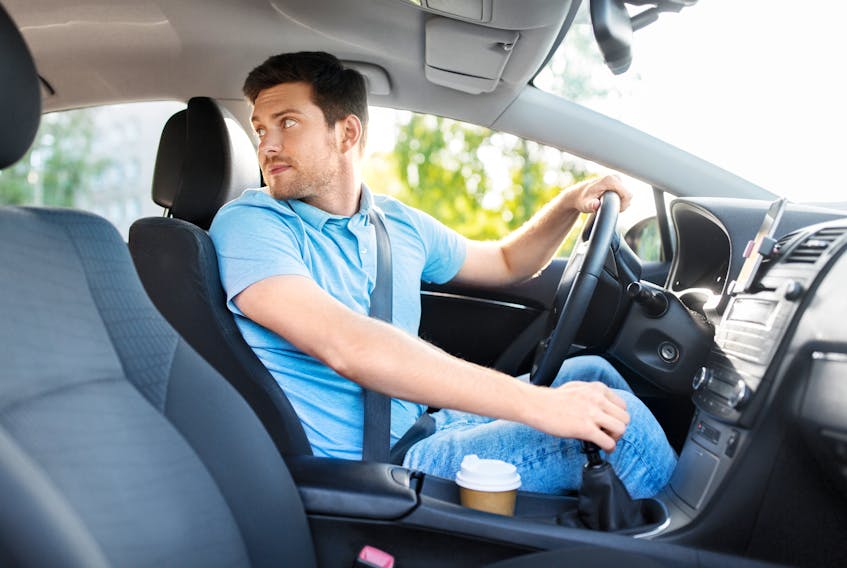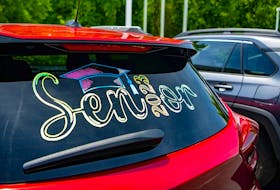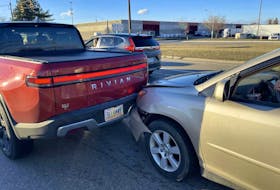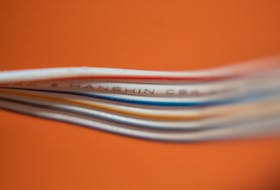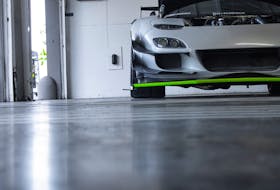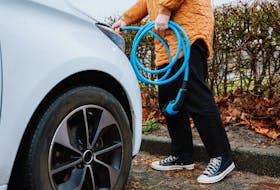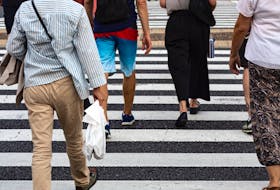March is Fraud Prevention Month, per the Insurance Bureau of Canada (IBC), which says fraud adds an estimated $1.6 billion to our annual insurance tab. The country has a problem.
Staged collisions, a huge source of fraudulent claims, set off a multi-pronged set of poison jabs. Criminals are getting savvier and savvier, and law enforcement and the insurance industry are working in tandem with advanced technology in our cars to help combat them.
There are two types of staged collisions: those involving parties where everybody is in on the fraud, and those involving innocent drivers. “We’ve seen an increase in the sophistication of fraud. There was a time they’d just smash two cars together in a parking lot and tow them into a police reporting site,” says Bryan Gast, the national director of Investigative Services for IBC. “Now, it’s happening on the road far more, and the things they do involve other people.”
Disturbingly, it’s not only about reining in escalating costs of fraud; it’s also about protecting other drivers from injury, or worse. IBC has a great video well worth the four minutes that explains some basics, and that you might want to show the drivers in your household.
Two of the major tactics are pretty scummy. You’re backing out of a parking spot, and someone is waiting for it. They wave you out. You, thinking it’s now clear, reverse out. And that same car drives into you. When you’re reversing, the onus is on you – always – to prove you had the right of way. Waver Dude? You think he’s going to admit he waved you out? Nope. The fraud has begun.

There are a few ways to protect yourself, here.
Reverse into parking spots. When you can, it’s far safer to be facing out from a spot.
Never trust a waver. Just, don’t. Also, don’t be a waver. You have no clue what other drivers around you are going to do, and you announcing an all-clear you can’t control, whether you’re a scammer or not, is just dangerous. Follow the rules, be a predictable driver, there is no need for waving.
Again, don’t be a waver. If you wave someone out into a live lane of traffic and they get hit by someone else, you can be charged.
The second is also a “wave attack.” You’re waiting for a break in oncoming traffic to make a left turn. A scammer stops at the break, and waves for you to make your turn. You do, they plow into you. Again, the law assumes people making left turns are almost always at fault unless you can prove otherwise. Their fraud has been set in motion, again, with you in the middle.
Do not let someone else make the decision that you should make that turn. You have no idea what’s coming up beside them on a four-lane roadway, so it’s never a good idea, scammer or not. Wait for a clear right-of-way. And again, don’t wave anyone else out, even if you’re one of the good people. It’s not your responsibility, but it will be if something goes wrong.
The third is more complicated to spot but just as dangerous. On a four-lane roadway, you’re travelling in the right lane with a car ahead of you. A second car comes up beside you, effectively boxing you in. The scam? The driver of the car ahead is working in tandem with the boxer, and slams on the brakes forcing a rear-end collision. Once again, proving you weren’t at fault in a rear-end collision is difficult, and they know it. A dashcam is your best friend in this instance.
If you’re involved in any of these crashes, sure signs of fraud are a refusal by the other driver to hand over their relevant information, or a driver or occupants instantly clutching their neck or back and claiming injury. What should you do? If there are any injuries, call the police. Take photos of everything: all damage to both vehicles, skid marks on the road, the participants (do this part sneaky if you have to), any documentation they do present. Your insurance pink slip has a 24-hour 800 number on it, so try to get through to them for next steps. Take your car to a collision reporting centre if it’s driveable.
If the damage is extensive, the police may need to get your car off the roadway as fast as possible. Be aware of predatory tow truck operators who just “happen” to be on the scene. They could be part of the scam. Never sign an open work order, and don’t let them take your vehicle to a place they recommend. Better to have it taken to a dealer nearby and sort it out later. Governments are beginning to tighten up legislation for better prevention, but do yourself a favour: if you are in a crash, you will probably be in shock. You likely travel the same routes most days, so keep in mind where your vehicle should be taken, and who you could call.
The fraud can be extensive, from tow operators working in conjunction with repair shops and storage facilities; to collusion with some physio and massage therapy outfits. Police and emergency vehicles that must respond to these staged collisions costs everybody precious resources.
Also, make this the year to put in a dashcam. They are affordable and capture exactly what happens when scammers are declaring otherwise.

